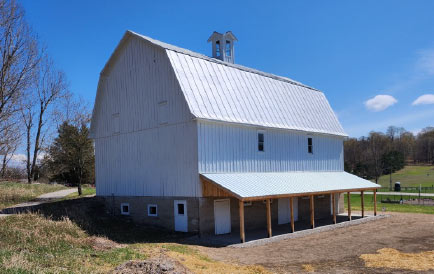
Welcome! Learn about and join us in preservation activities countywide!
The Leelanau County Historic Preservation Society, formed in 2017 as a nonprofit to save a barn, has a much larger challenge – to identify and facilitate preservation and rehabilitation of historic structures throughout our county. Learn more about the Poor Farm Barn and activities to assist owners, public and private, in understanding and planning preservation work on their properties.
What is Historic Preservation
The Four Treatments
The National Park Service, Secretary of Interior Guidelines are the basis of historic preservation work in the US. These recommendations were developed to assist and encourage historic preservation within our parks and across the nation. These are the only national best practice guidelines that we have. Enforcement is only used when the property has applied for federal tax credits.
These recommendations address work on historic buildings and are presented as “four treatments” for accomplishing this work. Many preservation projects draw from several of these ‘treatment’ categories:
Preservation | Restoration | Rehabilitation | Reconstruction
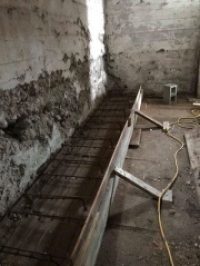
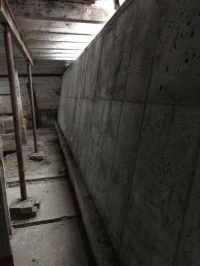
PRESERVATION
Preservation work is that which stops deterioration and is necessary to sustain the existing form, integrity, and materials of a historic property. This includes maintenance and repair but not extensive replacement and new construction. Retaining most of the historic fabric and a building’s historic form is important.
Preservation is the category of work that is exemplified by the repair of the concrete east basement wall of the barn.
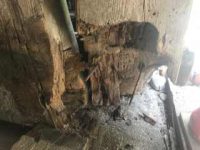
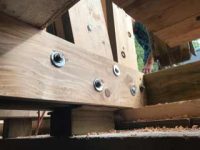
REHABILITATION
Rehabilitation work recognizes the need to alter or add to a historic building in order to meet continuing or new uses, to ensure safety, health, and other ‘code’ obligations.
This work must be done in ways that retain the building’s historic character.
Rehabilitation is the main category of work required by the Poor Farm Barn.
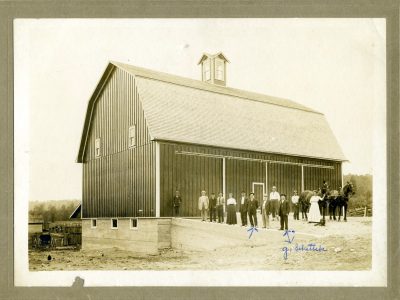
RESTORATION
Restoration work accurately depicts the form, features, and character of a property as it appeared at a particular, identified period of time in the history of the building by
a) removing the features from other periods in its history and
b) reconstruction of missing features from the identified restoration period.
Restoration is a treatment that is only partially being used at the Poor Farm Barn. While we were not attempting to restore the Barn to a particular time period, we did have certain missing features reconstructed, such as the cupola and the lean-to. However, the following treatment, Reconstruction is a better term to describe our work.
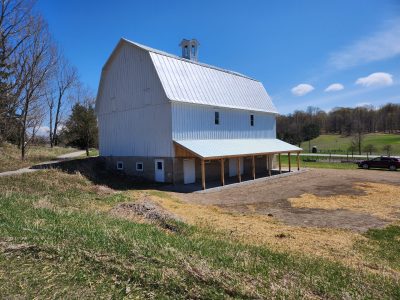
RECONSTRUCTION
Reconstruction work depicts –by new construction– features or details which no longer exist. These features may include landscape, building, structure, or objects for the purpose of replicating their original appearance. These are primarily done for interpretative purposes.
The cupola, lean-to, and garden location are reconstruction examples.
These original elements have been reconstructed based on historic evidence.

